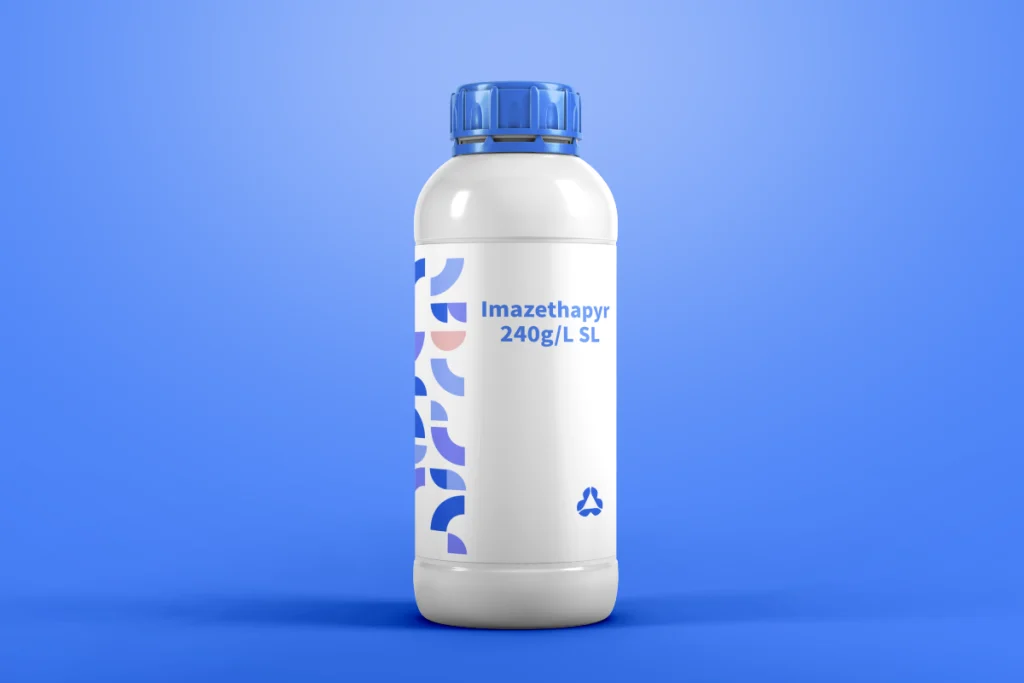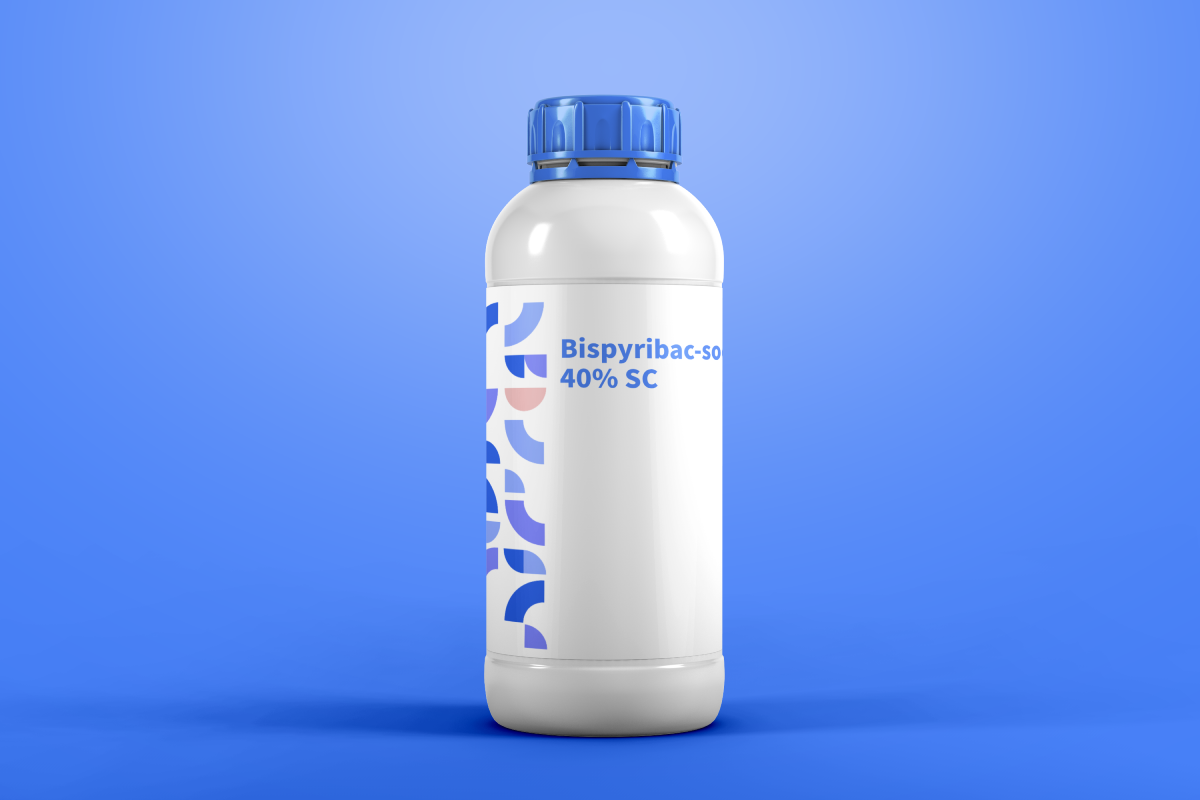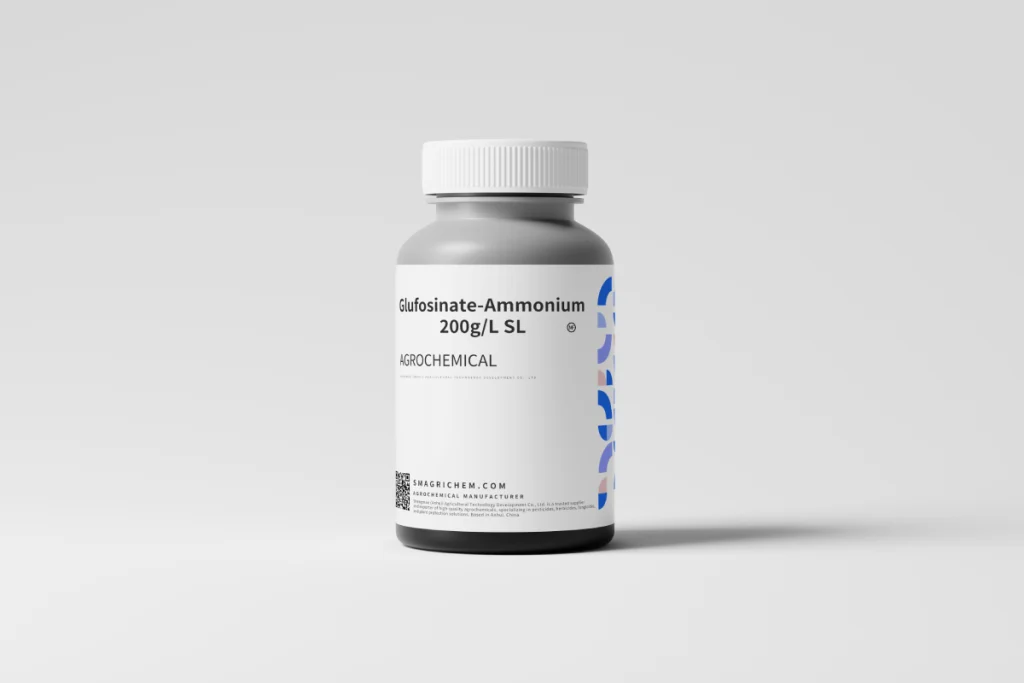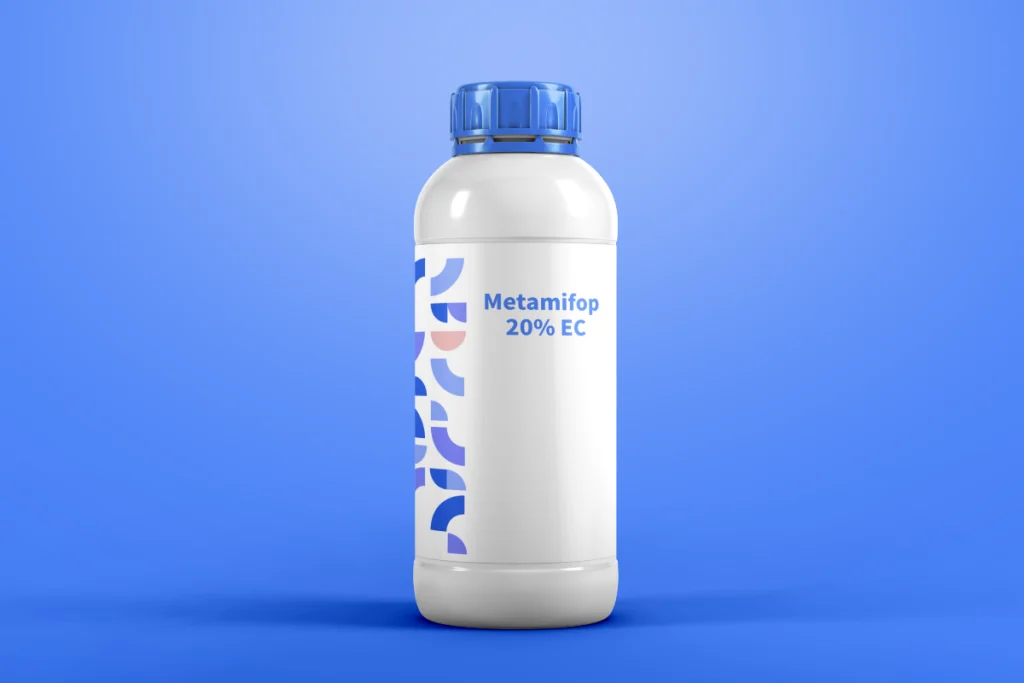Bispyribac-sodium 40% SC (Suspension Concentrate) is a selective post-emergence herbicide designed for broad-spectrum control of annual broadleaf weeds and sedges in rice. Belonging to the pyrimidinyl salicylic acid (PSA) family, it acts as an acetolactate synthase (ALS) inhibitor, disrupting amino acid biosynthesis in target plants. The 40% SC formulation (400 g/L bispyribac-sodium) offers superior suspension stability, reduced dust, and uniform coverage, making it ideal for both transplanted and direct-seeded rice systems.

Imazethapyr 240g/L SL Herbicide | Selective Post-Emergent Weed Control
Imazethapyr 240g/L SL (Soluble Liquid) is a systemic selective herbicide belonging to the imidazolinone family, designed for post-emergent control of annual and perennial grasses, broadleaf



